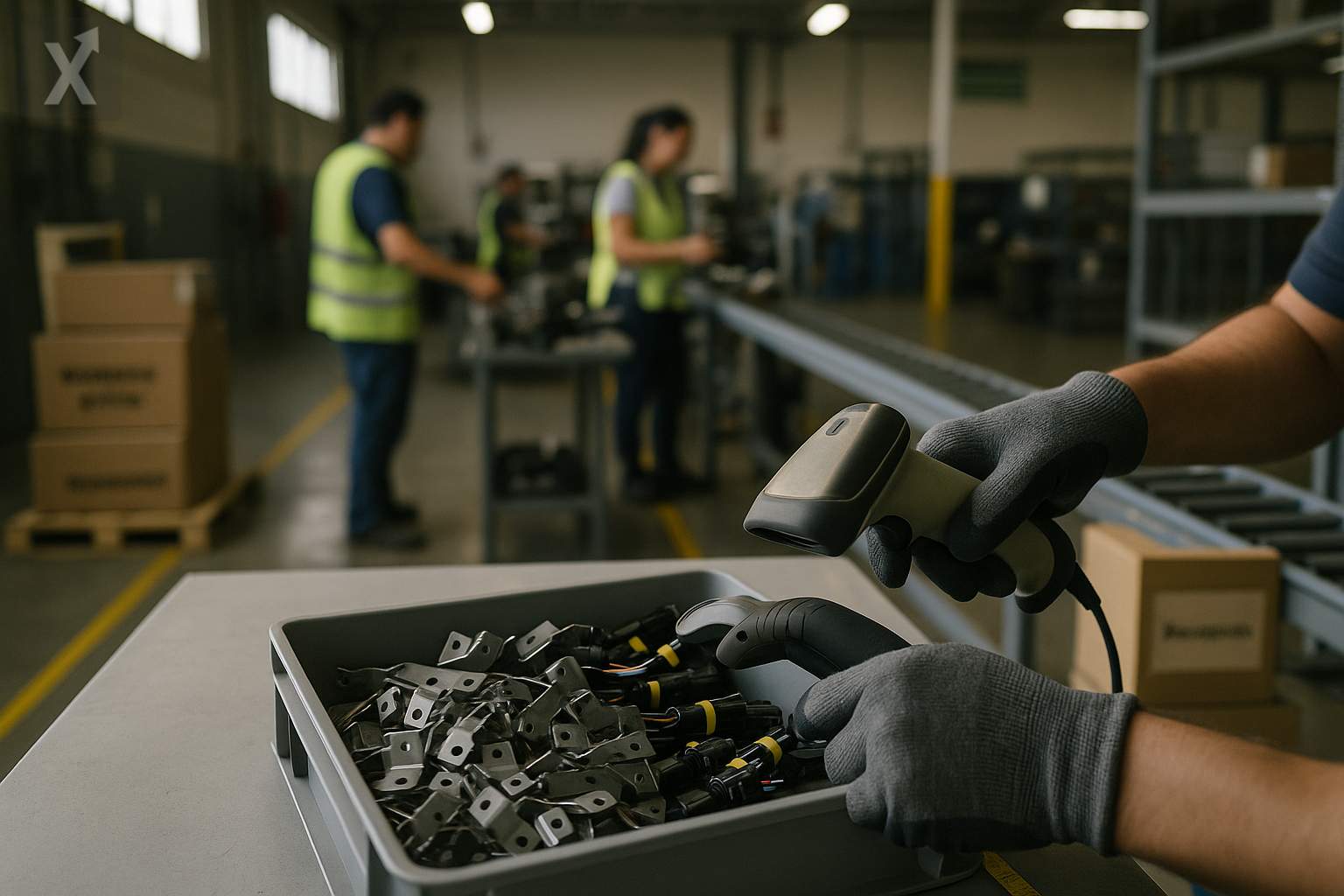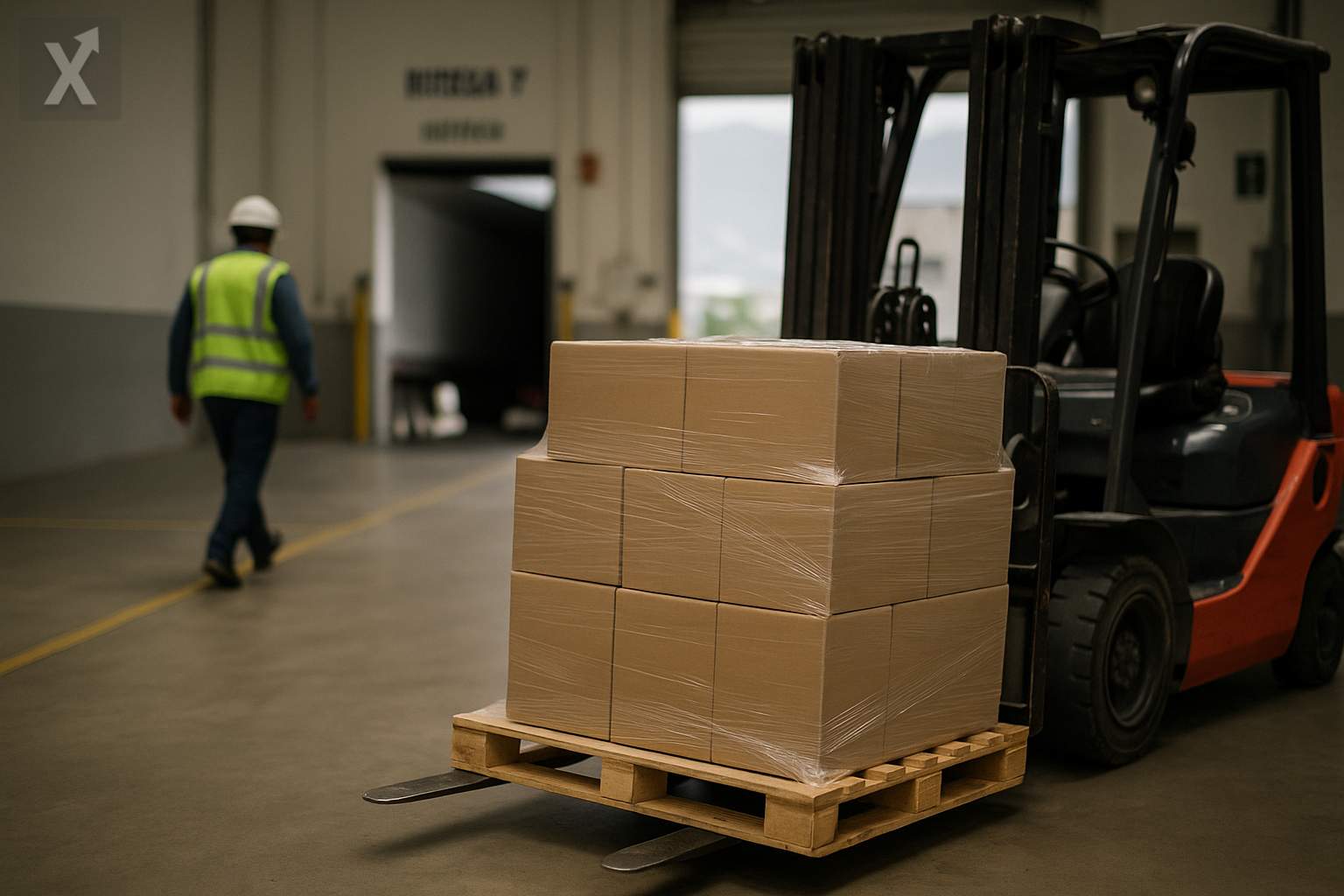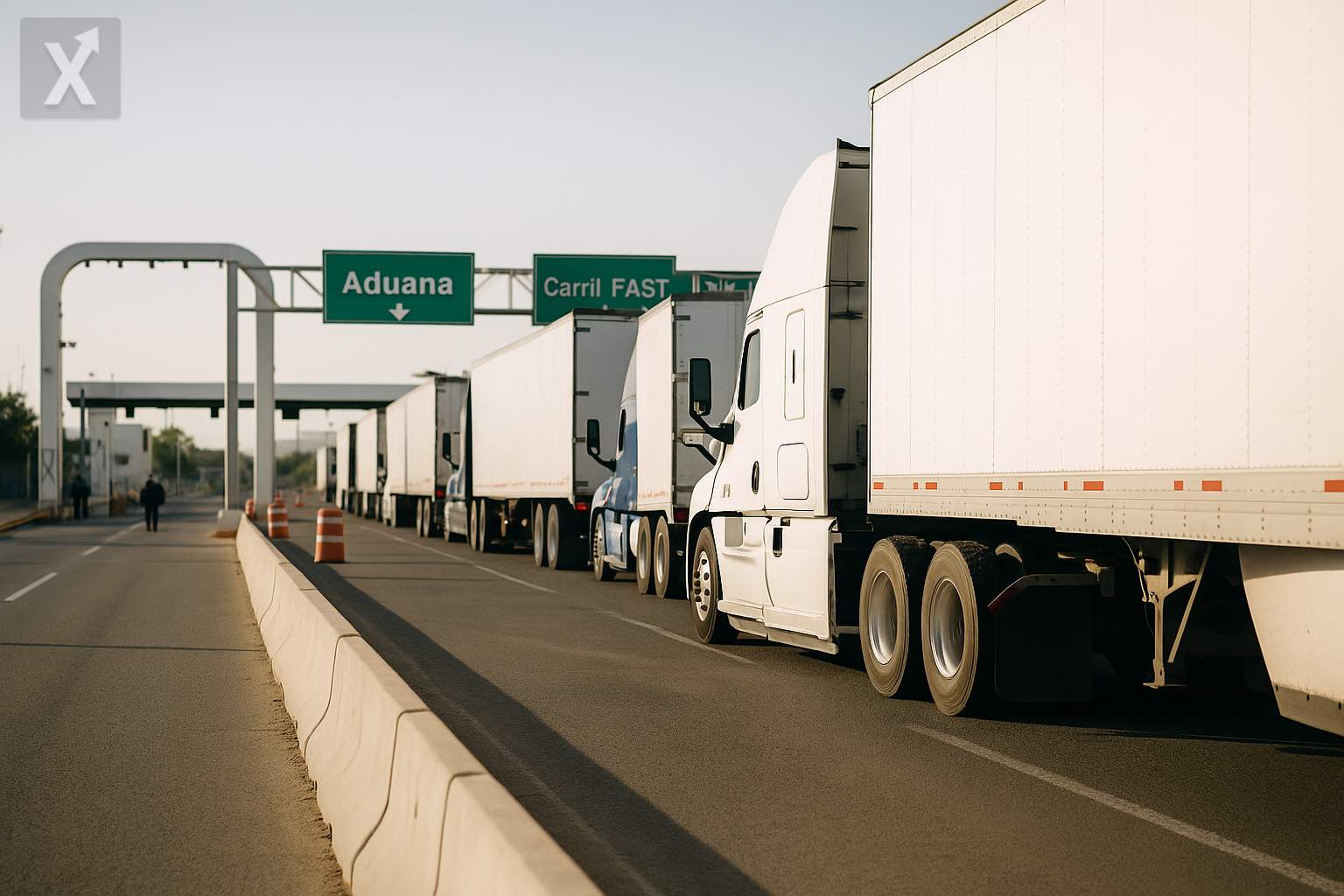Mexico Tightens Tariffs and Accelerates Development Hubs: Selective Protection with Adjustments Along the Way

The federal government has activated a tariff package that raises import taxes from 10% to 50% on 1,463 tariff classifications in sectors such as automotive, textiles, steel, and electronics, with a focus on goods of Chinese origin, as part of the so-called Mexico Plan. The official goal is to protect local jobs and industries from what is considered unfair competition, buy time to strengthen supply chains, and at the same time leave room for technical adjustments as unintended consequences are identified.
This measure comes in a global environment of "de-risking" and more active industrial policies, with the United States and Europe raising barriers on certain strategic goods—especially electric vehicles and components—and amid an economic relationship between Washington and Beijing marked by tensions that impact North America. Mexico, which in 2023 became the United States’ top trading partner and is attracting investment thanks to supply chain relocations (nearshoring), is seeking to calibrate its response: prioritize its biggest export market without shutting the door on diversification.
The Ministry of Economy acknowledges that the new tariff regime is not set in stone. The approach, according to officials in charge of economic promotion and growth, is pragmatic: implement, monitor, and adjust. The promise is to maintain clear rules and transparency in notifications, including to Chinese counterparts, and to make changes if initially unconsulted sectors can demonstrate negative impacts. The priority, they stress, is to protect formal jobs and provide certainty to local manufacturing links.
At the same time, Mexico is moving forward with the Development Hubs for Well-Being, tailored to each region and coordinated with state governments. The intention is to ensure these hubs don’t operate as isolated enclaves, but rather integrate local suppliers and generate skilled jobs. Ciudad Juárez is shaping specializations in semiconductors and electromobility; Campeche is looking to diversify beyond oil; and the Riviera Maya aims to substitute tourism-related imports with regional products. The timelines are long-term: filling industrial parks and consolidating suppliers will take years.
The potential benefits of the tariff hike are clear for labor-intensive sectors—such as textiles, auto parts, and metalworking—as well as for tax collection, not to mention promoting local content. But risks are real too: higher costs for imported inputs affecting small and midsize businesses, pressures on producer prices and eventually on consumers, and possible bottlenecks if domestic substitutes are insufficient. The fine-tuning will be critical: distinguishing between intermediate inputs and finished goods to avoid making domestic production more expensive.
This moment coincides with an investment cycle tied to nearshoring in northern Mexico and the Bajío region, but also with structural constraints: the availability and quality of energy, water in industrial hubs, permits, and cross-border logistics. For this temporary protection to translate into competitiveness, improvements in electricity infrastructure, transportation, and customs will be needed, in addition to job training programs and certifications to raise productivity and quality standards.
On the macro front, the Bank of Mexico maintains a cautious stance to consolidate disinflation, and any cost shock tied to tariffs could complicate the outlook if it spreads to final prices. Fiscally, additional revenue from imports is a positive but limited effect; the key will be the multiplier effect from private investment. The calendar also imposes discipline: in 2026, the USMCA will be up for review, and Mexico will aim to ensure its industrial policy does not trigger disputes, avoiding actions that might be seen as discriminatory or incompatible with the agreement.
With regard to China, the room for direct retaliation is limited by the trade balance, but there are risks for specific exporters and investment projects with Asian capital. Another major focus will be ensuring origin verification to prevent goods from being rerouted through third countries—a sensitive issue at the border. The plan’s effectiveness will depend as much on tariff design as on supervision capacity and the speed with which “fine-tuning” can be done as needed.
In short, Mexico is betting on a temporary shield for its industrial base as it seeks to climb higher in new tech supply chains. The final balance will depend on execution: ensuring protection doesn’t become permanent, that it is accompanied by infrastructure, energy, and talent, and that the focus remains on long-term competitiveness guided by predictable rules.






